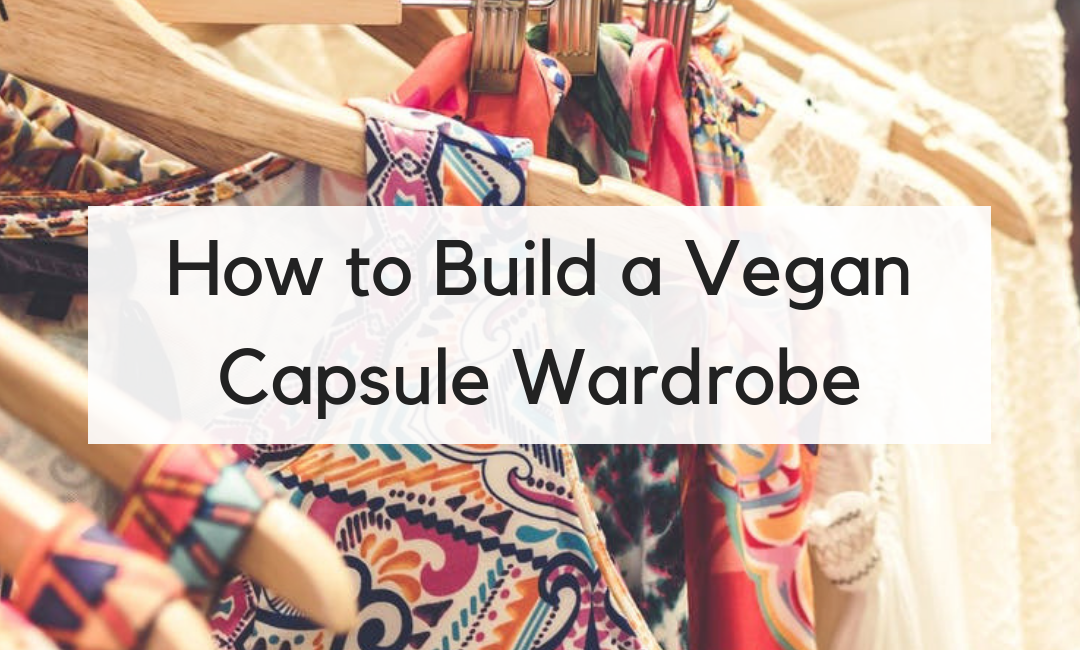If you read the blog often, you’ll know we work with a number of high-end clients with fabulous wardrobes, for whom we design gorgeous custom closets to house it all. As green interior designers, with a focus on contemporary design, we’re all about edit, edit, editing and whether something is sustainable. We focus on that when it comes to the design of a client’s home, but we also implore you to focus on the contents of your wardrobe as well. Today we’re exploring how to create a vegan capsule wardrobe!
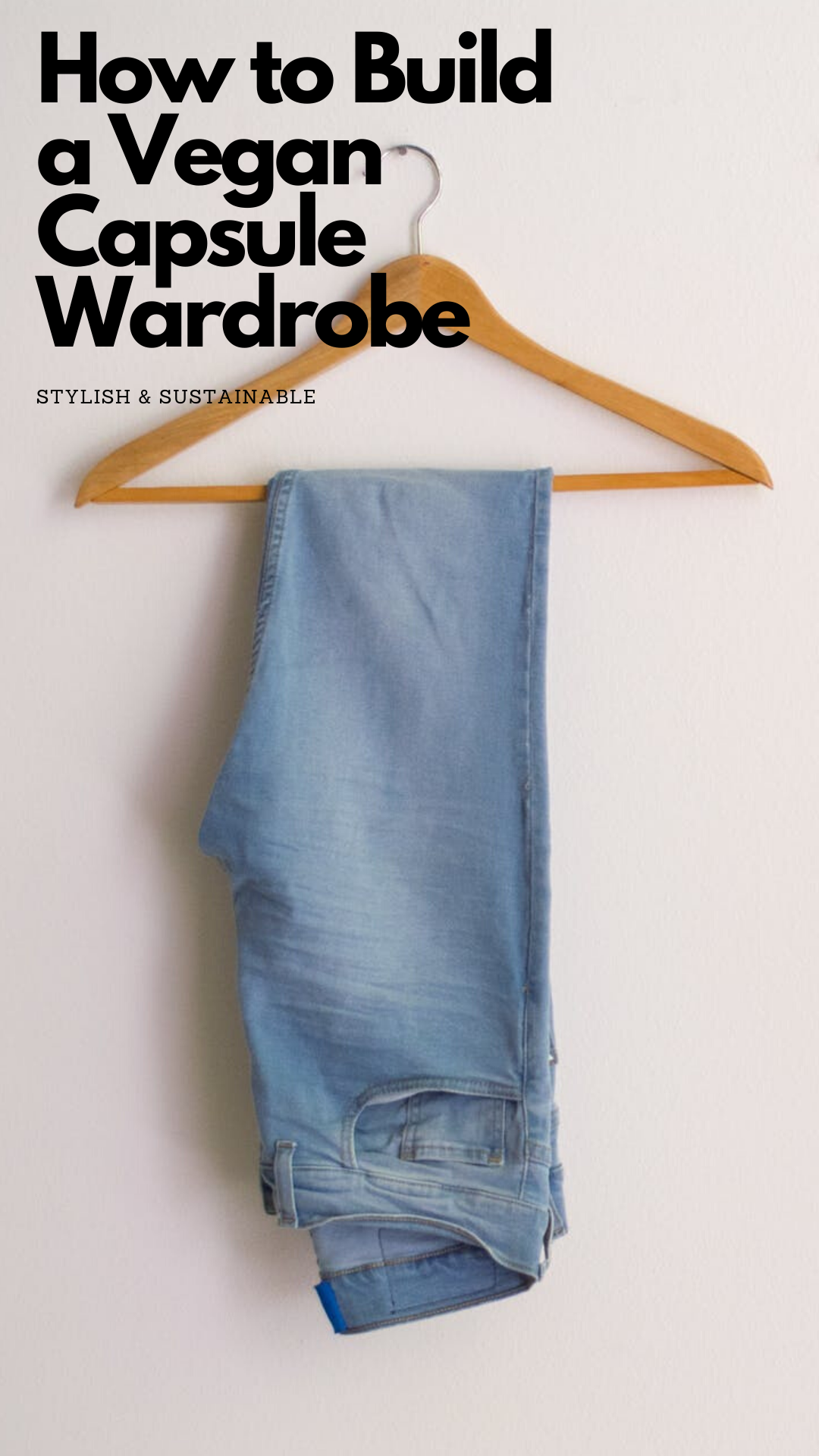
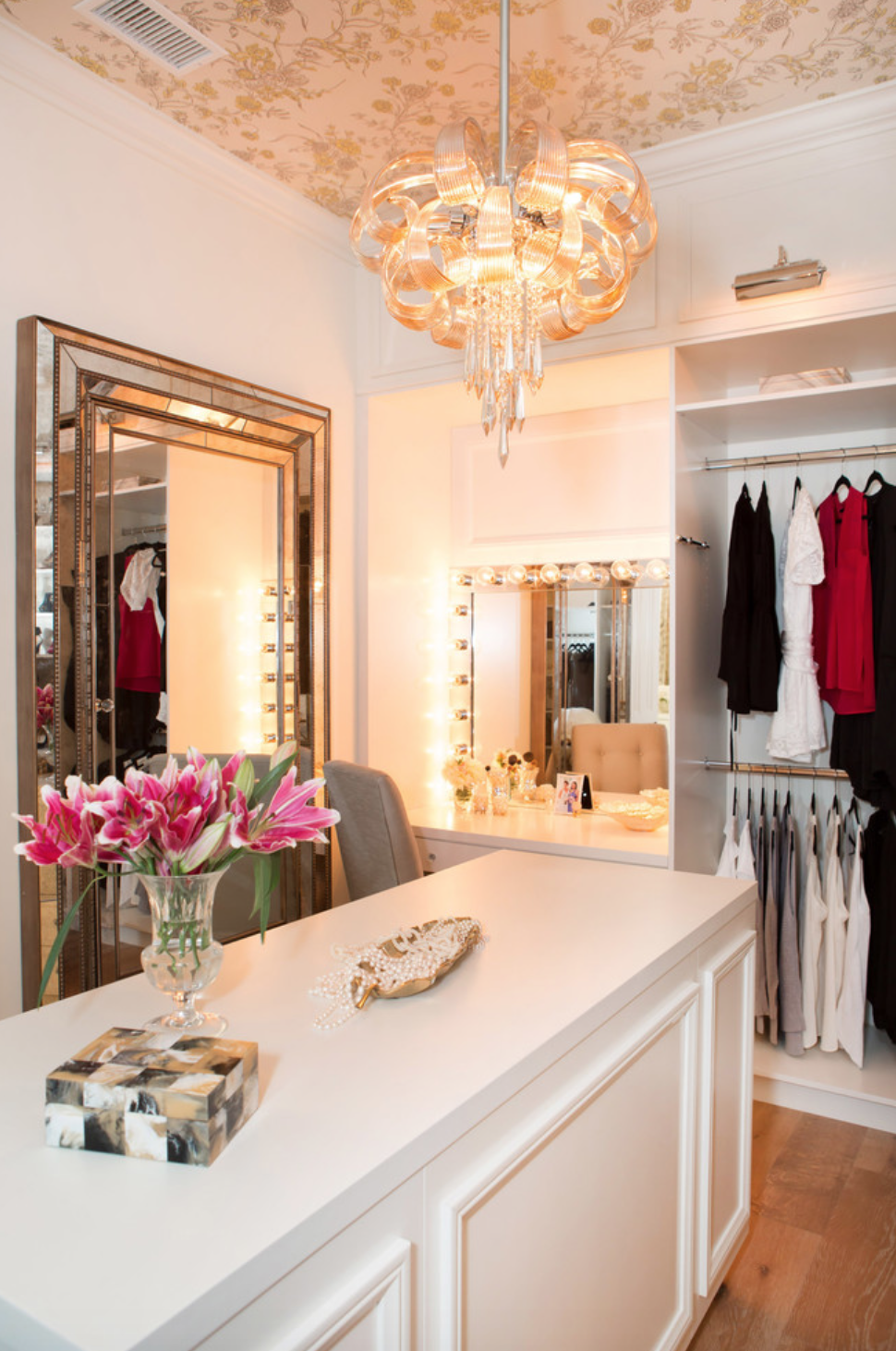
In today’s blog, we’ll get into choosing pieces for your wardrobe based upon how sustainable the materials are, where the clothing comes from, and how ethical the working conditions are for the artisans who make the clothing. Of course, an essential principle of doing anything sustainably is “less is more.” So first, we’re going to walk through how to build a capsule wardrobe
Here is your complete guide to building the ultimate capsule wardrobe:
Build a Vegan Capsule Wardrobe
Step 1: in building your sustainable capsule wardrobe is to edit what you already have. You’re probably not starting to scratch, so you want to use what you have as a jumping off point. Start editing your existing wardrobe down by donating or trashing things you don’t wear frequently (or ever! We all have those pieces we’ll wear “one day” — no you won’t!) Check out our step by step guide to closet organization here.
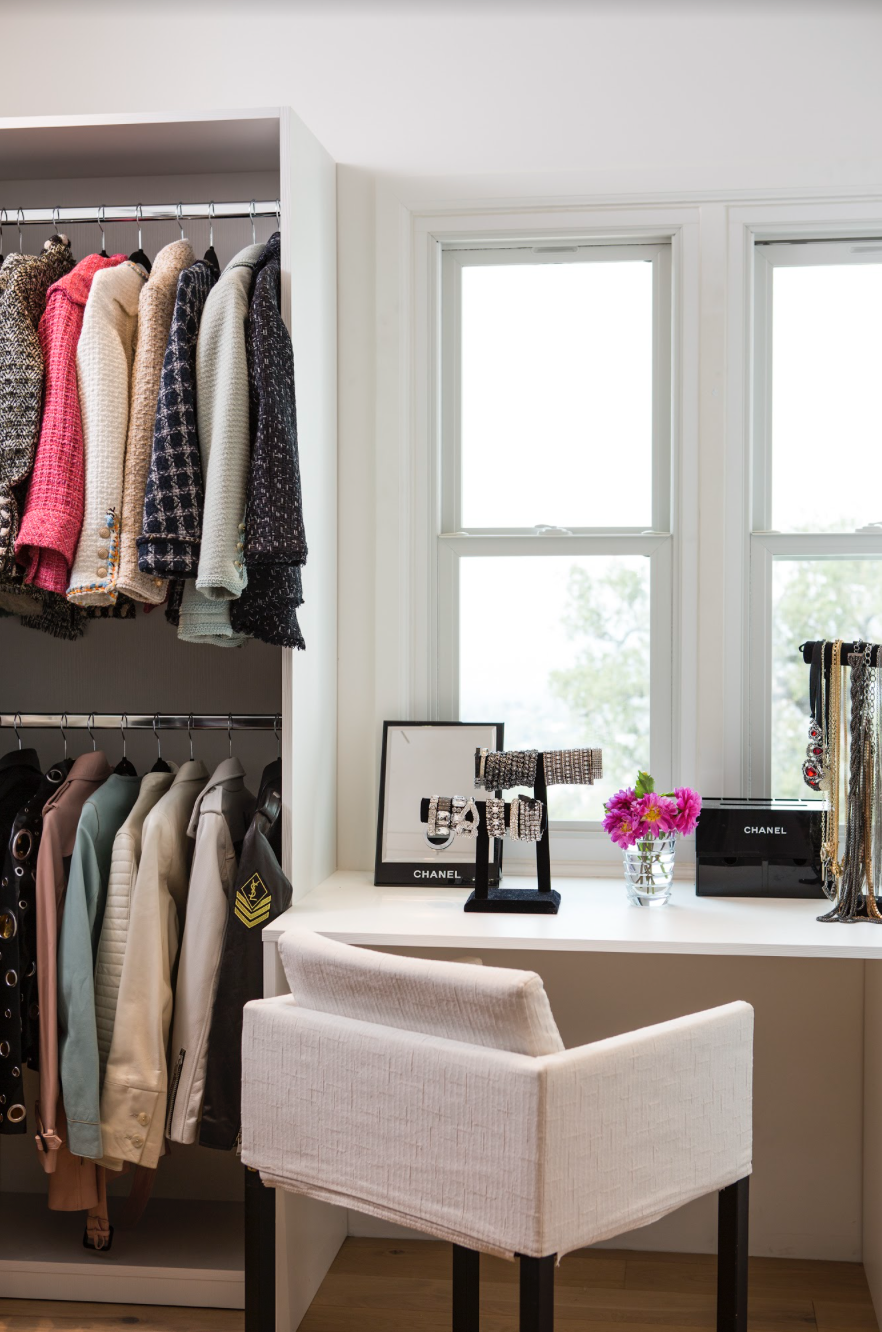
Need help deciding whether to keep or purge? Here are some questions to ask yourself about each article of clothing, compliments of MiaDanielle.com:
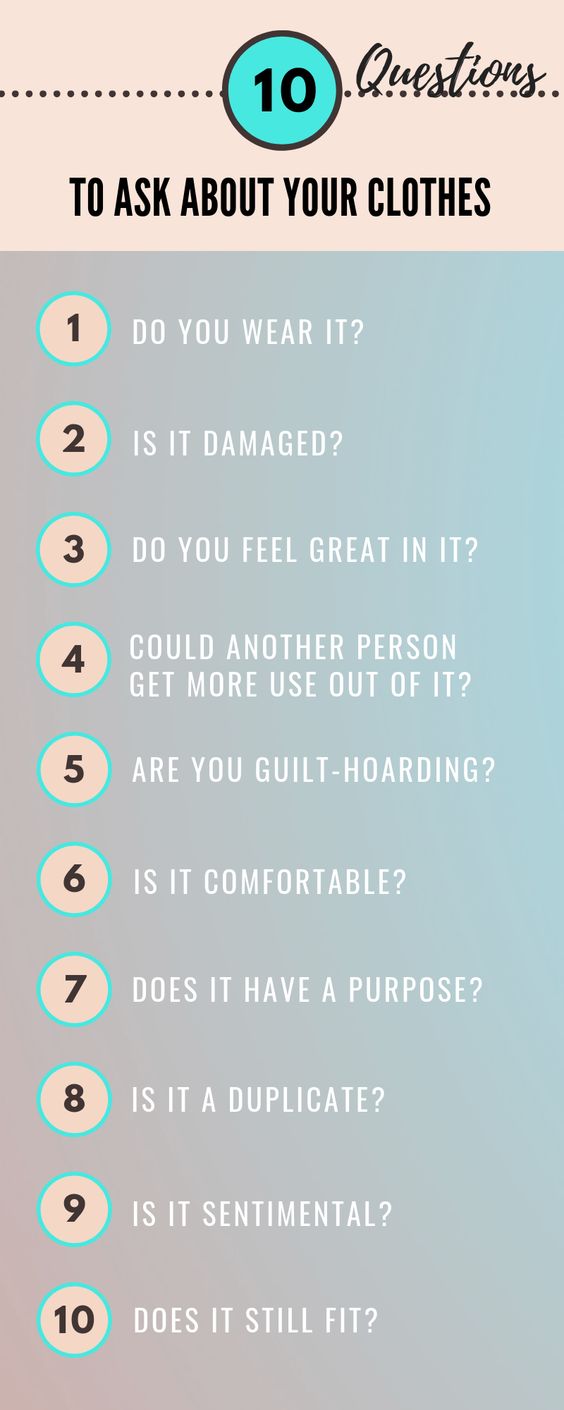
Essentials of the Vegan Capsule Wardobe
Step 2: Now that you’re working with your pre-existing wardrobe, it’s time to organize and add on. Start by establishing a base-line: Pick a base color, complimentary neutrals colors, accent colors, and a few fun patterns to accessorize with.

Step 3: Figure out exactly what you need of each type of item. There are so many great templates to do this for you, and dependent upon the climate you live in and the way your day is structured, how much you’ll need of items like outerwear, formalwear, heels, etc is, of course, going to vary. So while it is difficult to give you a one-size-fits-all template, this one is pretty comprehensive and comes pretty close.
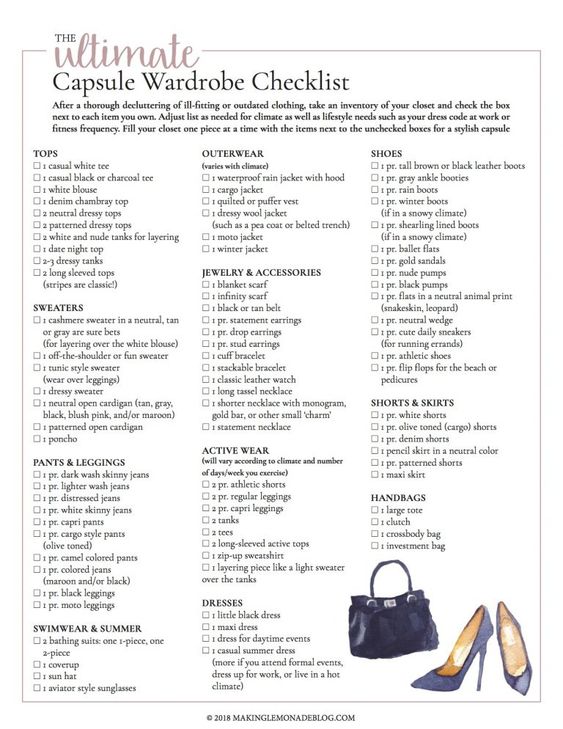
So often many of these incredibly edited lists can feel too aspirational and restrictive with only 10 items in total. We’re certainly impressed if you can live that limited! But if that’s the case, you probably aren’t reading this blog. 😉
Made from Sustainable Materials
Fast fashion has driven the cost of clothing down, but that cost is made up in the form of cheaper materials, toxic chemicals to treat them, shipping them in from overseas, and unethical labor laws. It comes at the cost of the environment, animal and human health and well-being — it’s just not worth it. That’s not to say everything you purchase has to be high-end designer. With a little extra research (here you are reading this- yay!) You can actually make a huge difference and look good doing it! Everyone can afford to be an ethical eco-consumer with a little extra research. One good tip is to shop a season or two ahead for the best prices on sustainable goods.
What Fabrics Are Sustainable?
How do you shop for sustainable materials? For starters, you’ll want to avoid animal products wherever possible, but even if leather/suede isn’t vegan, it’ll last forever, especially if it is vintage and has already help up well. Avoid synthetic fabrics like polyester whenever possible because they require an incredible amount of energy to produce compared to natural fibers. Natural, renewable fibers to look for in purchasing clothes sustainably are organic wool, alpaca, linen, hemp, bamboo, lyocell, and silk.
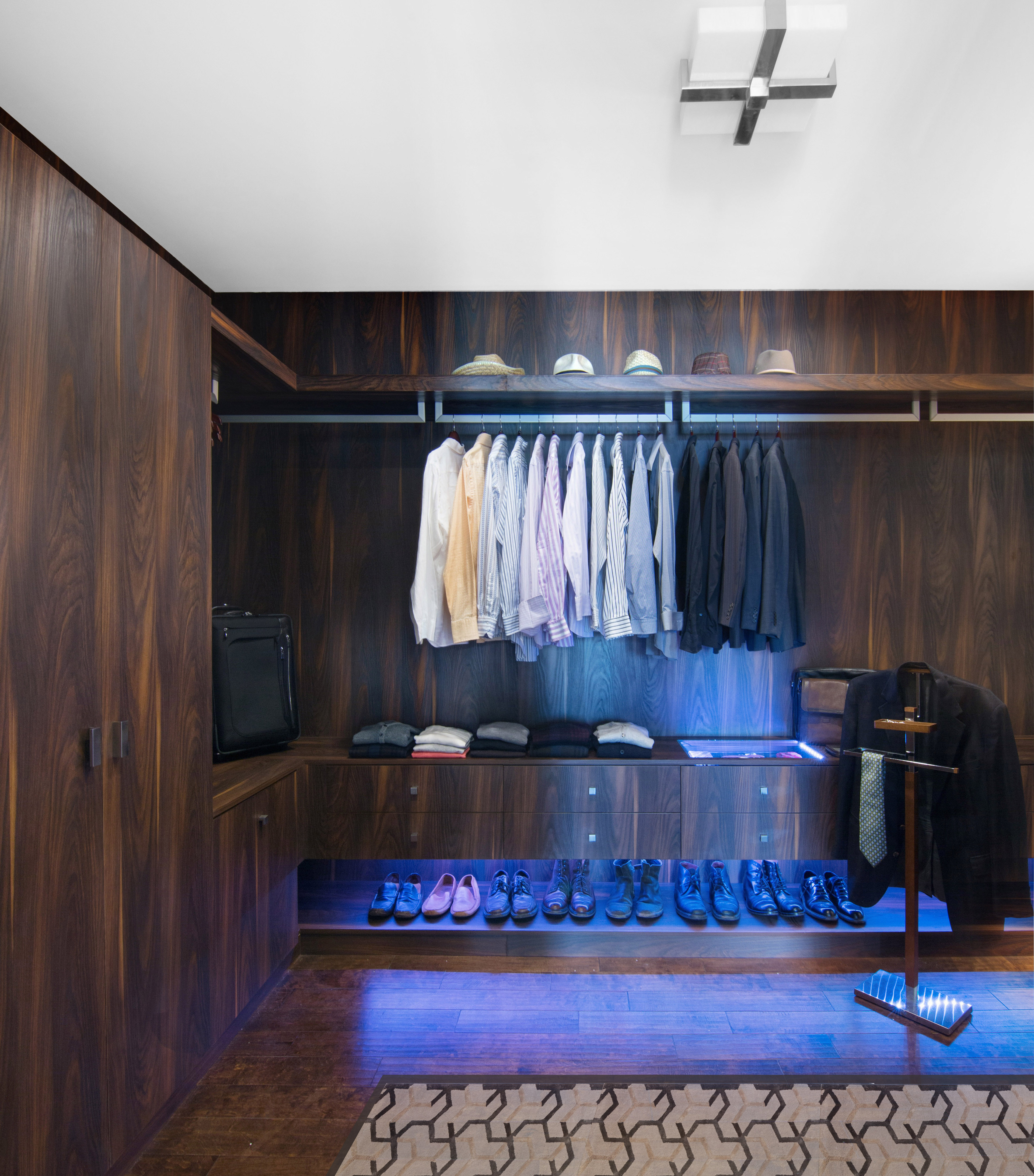
What Chemicals Are Your Clothes Treated With?
Also pay attention to the chemicals your clothing is treated with – this part can be trickier, but is still a good thing to have on your radar. Unbleached fabric is a great option or natural dyes like indigo or cochineal.
Clothing Made by Artisans in Ethical Working Conditions
As we mentioned above and as we discuss in the book Green Interior Design, part of being sustainable is not just about the environment and the health and safety of the consumers, but also of the workers who make the products we consume – are their working conditions safe and sanitary? Are they paid a livable wage? How do you know for sure? Research your brands – sites like KnowTheChain.org, FairTradeUSA.org or the GoodGuide.com or VeganCuts.com will aid in this process.
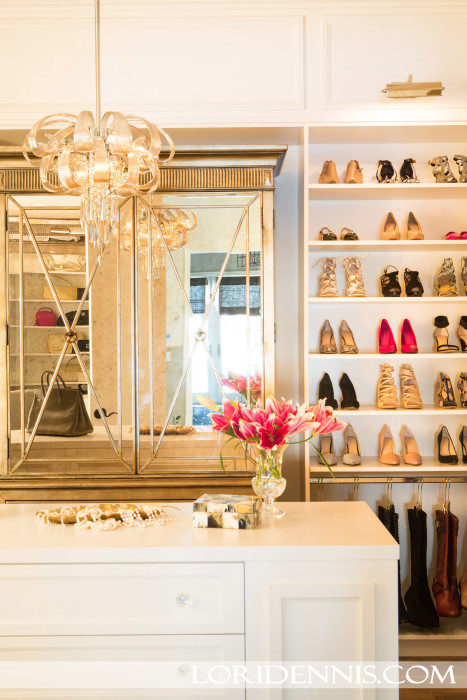
Clothing Made Locally
Another reason to shop locally is to cut back on shipping. Shipping from overseas is something we don’t often think about but something that causes lots of pollution.

